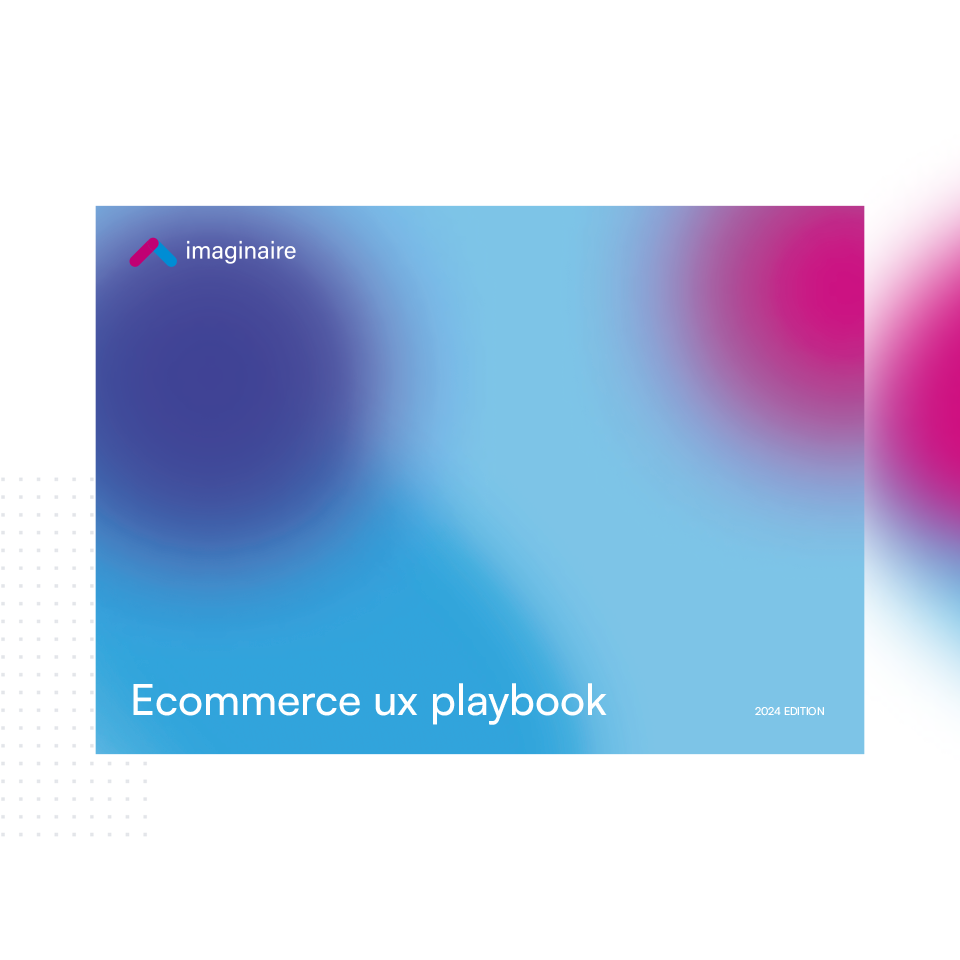What are micro-conversions?
Micro-conversions are small, measurable actions that indicate a user is engaging with your website in a meaningful way. Unlike macro-conversions which include completing a purchase or signing up for a subscription, micro-conversions are the smaller steps users take on their journey towards these final actions. These could include actions such as adding a product to the cart, signing up for a newsletter, watching a product demo, or just spending a certain amount of time on a page
While these actions may not immediately generate revenue, they provide valuable insights into user behaviour and can help businesses optimise their websites for better conversion rates and overall growth depending on what their customers are and are not engaging with.
The difference between micro conversions and macro conversions
Macro-conversions are the ultimate goals of an ecommerce website. These typically include: making a purchase, completing a lead form or subscribing to a paid service. Micro-conversions on the other hand, are the smaller actions leading up to these primary conversions, often falling into two categories:
Process milestones: Actions that indicate a user is progressing towards a macro-conversion. Examples include:
- Adding an item to the cart or wishlist
- Entering payment details but not completing the purchase
- Viewing multiple product pages in one session
Secondary actions: Engagements that suggest interest in your brand but may not directly lead to an immediate sale. Examples include:
- Signing up for a newsletter
- Downloading a product guide
- Watching a video tutorial
- Sharing a product on social media
Why are micro-conversions important for e-commerce growth?
Micro-conversions serve as key performance indicators (KPIs) that highlight areas of improvement within the customer journey. Here’s why they matter:
Identify bottlenecks in the conversion funnel
Tracking micro-conversions helps businesses pinpoint where users drop off before completing a purchase so they can reflect on improvement. For example, if a large percentage of visitors add items to their cart but fail to complete checkout, there could be issues with pricing, trust signals, or an overly complicated checkout process. This means e-commerce businesses can pinpoint specific customer touch points and test out different methods and features.
Improve user experience
A seamless and engaging user experience encourages visitors to interact more with your website and be more inclined to complete an action. If users engage with product videos or spend time reading customer reviews, it signals that they are interested in learning more before making a purchase. Optimising these touchpoints can enhance user satisfaction and drive more sales.
Increase the customer lifetime value
Encouraging micro-conversions—such as newsletter signups or account creations—allows businesses to nurture leads and turn one-time visitors into repeat customers. A well-optimised email marketing strategy, for example, can keep users engaged and encourage future purchases.
Lower customer acquisition costs
Focusing on micro-conversions can improve the efficiency of paid ad campaigns. Instead of pushing for an immediate sale, businesses can retarget users who have already engaged with the brand in smaller ways, such as by downloading a guide or adding a product to their wishlist. This helps warm up potential buyers and lowers overall acquisition costs as you know that were already initially interested.
How to optimise a website for micro-conversions
Understanding the role of micro-conversions is only the first step. Implementing strategies to improve them can significantly impact overall performance. Here’s how businesses can optimise for micro-conversions:
- Simplify navigation and user journey: ensure your website is easy to navigate and that users can find what they need without disturbances. If customers struggle to locate key pages such as product categories, and contact forms, or complete a checkout, they’re less likely to engage with micro-conversion opportunities.
- Use clear and persuasive calls to action (CTAs): encourage users to take smaller actions by using clear, action-oriented language. Instead of a generic “Submit” button, use “Get My Free Guide” for a downloadable resource or “See Product in Action” for a demo video.
- Leverage social proof: users are more likely to engage with micro-conversions if they see positive reviews, testimonials, and user-generated content. Displaying social proof prominently on product pages or throughout the checkout process can increase trust and encourage further interaction without the customer contemplating their purchase.
- Optimise for mobile users: a significant portion of ecommerce traffic comes from mobile devices, so ensuring a seamless mobile experience is essential. Micro-conversions such as clicking on a product image, filling out a form, or signing up for alerts should be easy to complete on smaller screens and easily be completed when on the go.
- Utilise exit-intent popups: If users are about to leave your site without completing a macro-conversion, exit-intent popups can encourage them to engage with a micro-conversion instead. Offering a discount in exchange for an email signup or suggesting a related product can keep potential customers in the sales funnel.
- Test and refine with A/B testing: A/B testing different elements of your website such as button colours, CTA text, or form lengths can reveal what encourages users to take action and which design strategies are most effective.
- Retargeting campaigns: users who have completed micro-conversions, such as adding items to their wishlist or engaging with a blog post, can be targeted with personalised ads based on past behaviour to move the user closer to making a purchase.
Imaginaire – Ecommerce Digital Marketing Agency
Achieving peak season sales is the aim of every business, especially ecommerce businesses.
Of course, this all depends on having a website which attracts, delights and converts customers. Plus, a strong digital marketing strategy which sends customers your way!
If you need help with your website or digital marketing, then the experts here at Imaginaire can advise you further.
Let us know more about your business and how we can help by getting in touch with our team.
Or, give us a call on 0115 697 1158 to speak with our digital marketing experts.
